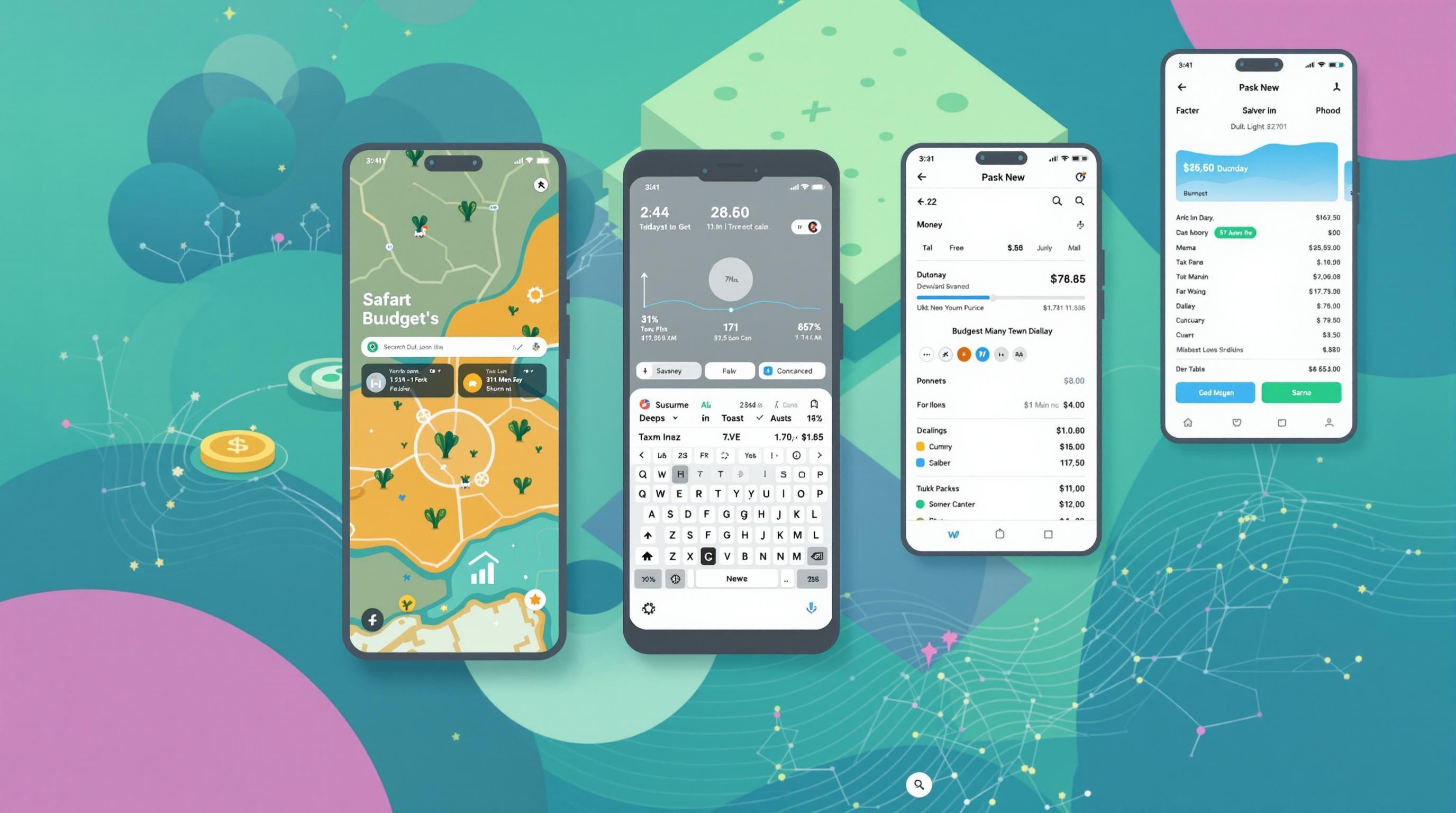Related Articles
- 7 Game-Changing Budget Planners Released Since 2019 That Actually Boost Your Financial Control
- Top 6 Innovative Budgeting Apps Released Since 2019 That Actually Transform Your Money Management
- 7 Game-Changing Budget Planners Released Since 2019 That Outperform Traditional Savings Challenge Tools
- 7 Cutting-Edge Budgeting Apps from the Last 5 Years That Revolutionize Your Savings Game
- 7 Best Digital Emergency Fund Apps of the Last 5 Years Revolutionizing Family Crisis Savings
- Unseen Ripples: How Generational Spending Habits Shape Unexpected Crisis Preparedness Patterns
12 Creative Savings Challenges to Boost Your Financial Health Without Cutting Everyday Joys
12 Creative Savings Challenges to Boost Your Financial Health Without Cutting Everyday Joys
12 Creative Savings Challenges to Boost Your Financial Health Without Cutting Everyday Joys
1. The 52-Week Incremental Savings Challenge
This popular savings challenge encourages individuals to save a small amount of money each week, incrementally increasing the amount as the year progresses. Starting with $1 in the first week and adding $1 each subsequent week, by the end of the year participants will have saved $1,378 without a significant strain on their budget.
Because the amounts are small at first, this challenge allows people to maintain their usual spending habits while gradually cultivating a savings habit. It also provides a clear goal with incremental milestones, which can be motivating.
Experts suggest automating the transfers to a separate savings account to remove the friction and make saving seamless (Consumer Financial Protection Bureau, 2020).
2. The No-Spend Weekend Challenge
The No-Spend Weekend challenge requires participants to avoid all non-essential spending during the weekend. Instead of dining out or shopping, they can enjoy free or low-cost activities such as hiking, reading, or cooking at home.
This approach can boost savings without sacrificing leisure time or interpersonal enjoyment. It also encourages creativity in how one spends free time, emphasizing quality over spending.
Research indicates that behavioral shifts like these can help develop sustainable money habits by raising awareness of spending triggers (Journal of Consumer Research, 2018).
3. The Spare Change Jar Challenge
Collecting spare change daily can seem trivial, but it accumulates over time. Placing coins into a jar or digital equivalent may add up to significant savings without affecting everyday spending.
This challenge excels because it leverages small habits and minimizes perceived sacrifice. It serves as a visual reminder of saving efforts, which can reinforce motivation.
Financial psychologists emphasize the value of visual cues in habit formation and savings behavior (American Psychological Association, 2019).
4. The Recipe Swap Savings Challenge
This challenge involves swapping expensive dining habits for homemade meals by organizing recipe exchanges with friends or family. By preparing meals at home using shared recipes, participants can reduce food costs while still enjoying diverse and enjoyable dishes.
Not only does this foster community connections, but it also helps reduce reliance on eating out or takeaways, which typically carry higher costs.
Healthy cooking at home is linked to improved financial and health outcomes, according to a study in the Journal of Nutrition Education and Behavior (2018).
5. The 30-Day Subscription Review Challenge
Many people pay monthly for services they no longer use or can do without. This challenge involves evaluating all subscriptions for 30 days and canceling those that are unnecessary.
It helps participants regain control over recurring expenses without having to avoid anything enjoyable immediately. Sometimes, just pausing a subscription for a month is enough to assess its value.
The New York Times reports that subscription overload costs the average consumer hundreds of dollars a year (New York Times, 2021).
6. The Cash Envelope Challenge
Using envelopes to allocate cash for different spending categories can raise awareness of spending limits without cutting enjoyment. When the envelope is empty, spending in that category stops for the period.
This system encourages mindful spending while maintaining freedom within predefined boundaries. It reduces unintended overspending by making money tangible.
Behavioral economists highlight cash usage as a tool to reduce impulse purchases compared to digital payments (Journal of Consumer Psychology, 2017).
7. The Round-Up Savings Challenge
Apps and banks often offer features that round up your purchases to the nearest dollar, placing the difference in a savings account. This challenge utilizes those small increments to boost savings effortlessly.
Because the amounts are minor and automated, users typically do not feel deprived. Over weeks and months, these small amounts can build substantial savings.
Several studies underline the effectiveness of automation in improving savings rates by reducing decision fatigue (National Bureau of Economic Research, 2019).
8. The "Save Your Windfalls" Challenge
Rather than spending bonuses, tax refunds, or gifts immediately, this challenge commits to saving a designated percentage of all unexpected income. This strategy can significantly increase savings without reducing everyday spending.
It harnesses windfalls to build financial resilience and treats unexpected income differently from regular cash flow, preventing lifestyle inflation.
Personal finance advisors recommend this approach to build emergency funds and invest for the future (Financial Planning Association, 2020).
9. The Mindful Spending Journal Challenge
Keeping a journal to record each purchase raises awareness about spending patterns without forbidding any particular expense. Writing down every transaction fosters reflection and can highlight areas where money is less valued.
This challenge helps maintain everyday joys while encouraging intelligent adjustments that cumulatively improve savings. It promotes accountability and intentionality.
Several behavioral studies confirm journaling’s role in enhancing self-control and financial discipline (Journal of Behavioral Finance, 2018).
10. The Joyful Savings Visualization Challenge
This challenge combines saving with positive emotional reinforcement by visualizing savings goals tied to joyful experiences, such as a vacation or a special purchase. It builds motivation by connecting savings to immediate desires.
Linking savings to gratifying future rewards ensures the process is experienced as enjoyable, not restrictive. This can sustain long-term savings habits.
Psychological research indicates that goal visualization enhances motivation and increases the likelihood of achieving financial objectives (Psychology Today, 2019).



